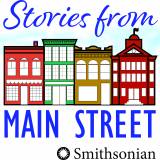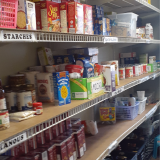Nan Snider's Memories of Working on the Farm, Arkansas
Story Narrative:
Nan Snider shares what it was like to pick cotton growing up in Buffalo Island, Arkansas, including what people wore.
This story is part of Buffalo Island Central EAST's story map "From Swamp to Farmland" about the the history of agriculture in the area.
#TheWayWeWorked #twww #agriculture #industry #Arkansas #StoriesYES #storytelling #students #youth
Media Files:
-
Hear Nan's story (includes open captions).
-
Audio version of Nan's story.



